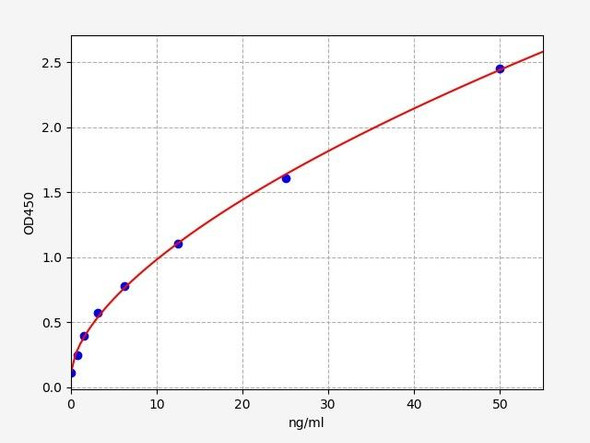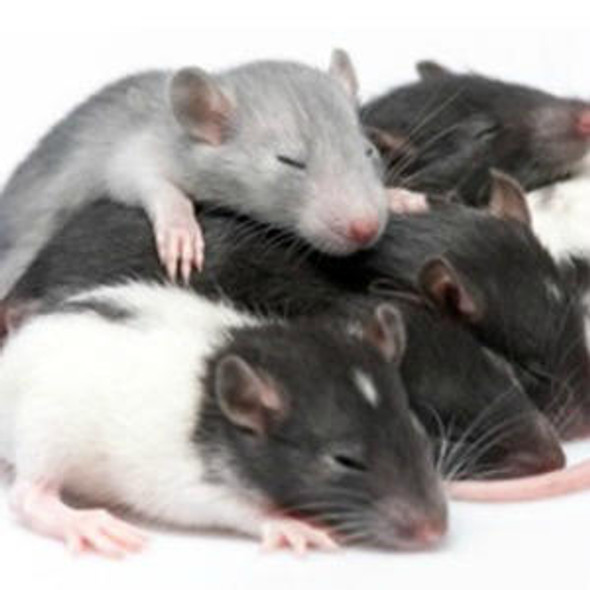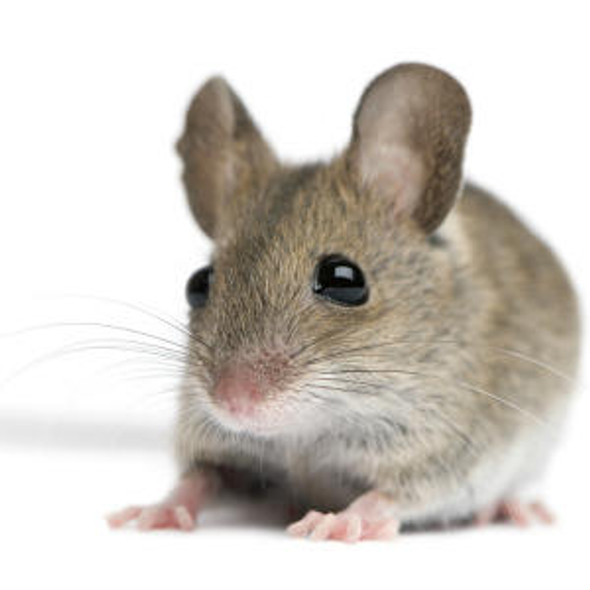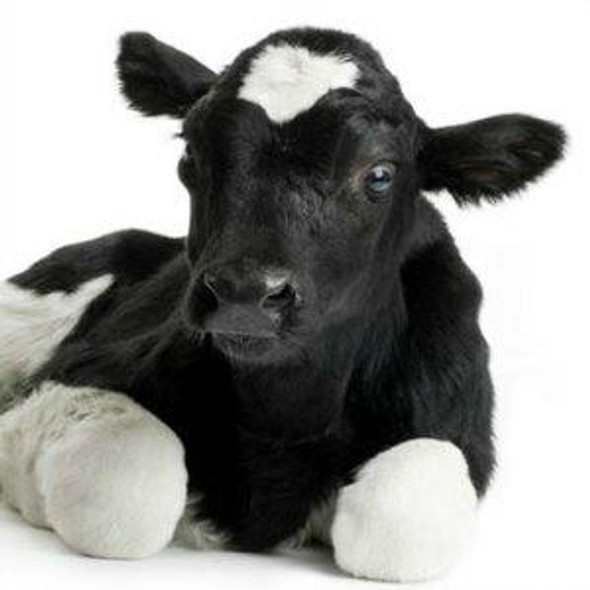Anti-PHD1/prolyl hydroxylase Antibody (CAB3730)
- SKU:
- CAB3730
- Product type:
- Antibody
- Reactivity:
- Human
- Mouse
- Rat
- Host Species:
- Rabbit
- Isotype:
- IgG
- Research Area:
- Cell Biology
Frequently bought together:
Description
| Antibody Name: | Anti-PHD1/prolyl hydroxylase Antibody |
| Antibody SKU: | CAB3730 |
| Antibody Size: | 20uL, 50uL, 100uL |
| Application: | WB |
| Reactivity: | Human, Mouse, Rat |
| Host Species: | Rabbit |
| Immunogen: | A synthesized peptide derived from human PHD1/prolyl hydroxylase |
| Application: | WB |
| Recommended Dilution: | WB 1:500 - 1:2000 |
| Reactivity: | Human, Mouse, Rat |
| Positive Samples: | A-549, MCF7, PC-3, Mouse lung, Mouse testis, Mouse brain, Rat testis, Rat brain |
| Immunogen: | A synthesized peptide derived from human PHD1/prolyl hydroxylase |
| Purification Method: | Affinity purification |
| Storage Buffer: | Store at -20°C. Avoid freeze / thaw cycles. Buffer: PBS with 0.02% sodium azide, 0.05% BSA, 50% glycerol, pH7.3. |
| Isotype: | IgG |
| Sequence: | Email for sequence |
| Gene ID: | 112398 |
| Uniprot: | Q96KS0 |
| Cellular Location: | |
| Calculated MW: | 44kDa |
| Observed MW: | 44KDa |
| Synonyms: | EIT6, HIF-PH1, HIFPH1, HPH-1, HPH-3, PHD1 |
| Background: | The hypoxia inducible factor (HIF) is a transcriptional complex that is involved in oxygen homeostasis. At normal oxygen levels, the alpha subunit of HIF is targeted for degration by prolyl hydroxylation. This gene encodes an enzyme responsible for this post-translational modification. Alternative splicing results in multiple transcript variants. Read-through transcription also exists between this gene and the upstream RAB4B (RAB4B, member RAS oncogene family) gene. [provided by RefSeq, Feb 2011] |
| UniProt Protein Function: | EGLN2: Cellular oxygen sensor that catalyzes, under normoxic conditions, the post-translational formation of 4-hydroxyproline in hypoxia-inducible factor (HIF) alpha proteins. Hydroxylates a specific proline found in each of the oxygen-dependent degradation (ODD) domains (N-terminal, NODD, and C-terminal, CODD) of HIF1A. Also hydroxylates HIF2A. Has a preference for the CODD site for both HIF1A and HIF2A. Hydroxylated HIFs are then targeted for proteasomal degradation via the von Hippel-Lindau ubiquitination complex. Under hypoxic conditions, the hydroxylation reaction is attenuated allowing HIFs to escape degradation resulting in their translocation to the nucleus, heterodimerization with HIF1B, and increased expression of hypoxy-inducible genes. EGLN2 is involved in regulating hypoxia tolerance and apoptosis in cardiac and skeletal muscle. Also regulates susceptibility to normoxic oxidative neuronal death. 2 isoforms of the human protein are produced by alternative initiation. |
| UniProt Protein Details: | Protein type:EC 1.14.11.29; Oxidoreductase Chromosomal Location of Human Ortholog: 19q13.2 Cellular Component: nucleoplasm; cytosol; nucleus Molecular Function:protein binding; oxygen sensor activity; L-ascorbic acid binding; ferrous iron binding; oxidoreductase activity, acting on paired donors, with incorporation or reduction of molecular oxygen, 2-oxoglutarate as one donor, and incorporation of one atom each of oxygen into both donors; peptidyl-proline 4-dioxygenase activity Biological Process: estrogen receptor signaling pathway; cell redox homeostasis; regulation of neuron apoptosis; positive regulation of protein catabolic process; response to hypoxia; peptidyl-proline hydroxylation to 4-hydroxy-L-proline; regulation of cell growth |
| NCBI Summary: | The hypoxia inducible factor (HIF) is a transcriptional complex that is involved in oxygen homeostasis. At normal oxygen levels, the alpha subunit of HIF is targeted for degration by prolyl hydroxylation. This gene encodes an enzyme responsible for this post-translational modification. Alternative splicing results in multiple transcript variants. Read-through transcription also exists between this gene and the upstream RAB4B (RAB4B, member RAS oncogene family) gene. [provided by RefSeq, Feb 2011] |
| UniProt Code: | Q96KS0 |
| NCBI GenInfo Identifier: | 32129513 |
| NCBI Gene ID: | 112398 |
| NCBI Accession: | Q96KS0.1 |
| UniProt Secondary Accession: | Q96KS0,Q8WWY4, Q9BV14, A8K5S0, |
| UniProt Related Accession: | Q96KS0 |
| Molecular Weight: | 407 |
| NCBI Full Name: | Egl nine homolog 2 |
| NCBI Synonym Full Names: | egl-9 family hypoxia-inducible factor 2 |
| NCBI Official Symbol: | EGLN2 |
| NCBI Official Synonym Symbols: | EIT6; PHD1; HPH-1; HPH-3; HIFPH1; HIF-PH1 |
| NCBI Protein Information: | egl nine homolog 2; estrogen-induced tag 6; HIF-prolyl hydroxylase 1; hypoxia-inducible factor prolyl hydroxylase 1; prolyl hydroxylase domain-containing protein 1 |
| UniProt Protein Name: | Egl nine homolog 2 |
| UniProt Synonym Protein Names: | Estrogen-induced tag 6; HPH-3; Hypoxia-inducible factor prolyl hydroxylase 1; HIF-PH1; HIF-prolyl hydroxylase 1; HPH-1; Prolyl hydroxylase domain-containing protein 1; PHD1 |
| Protein Family: | Putative transcription factor |
| UniProt Gene Name: | EGLN2 |
| UniProt Entry Name: | EGLN2_HUMAN |











